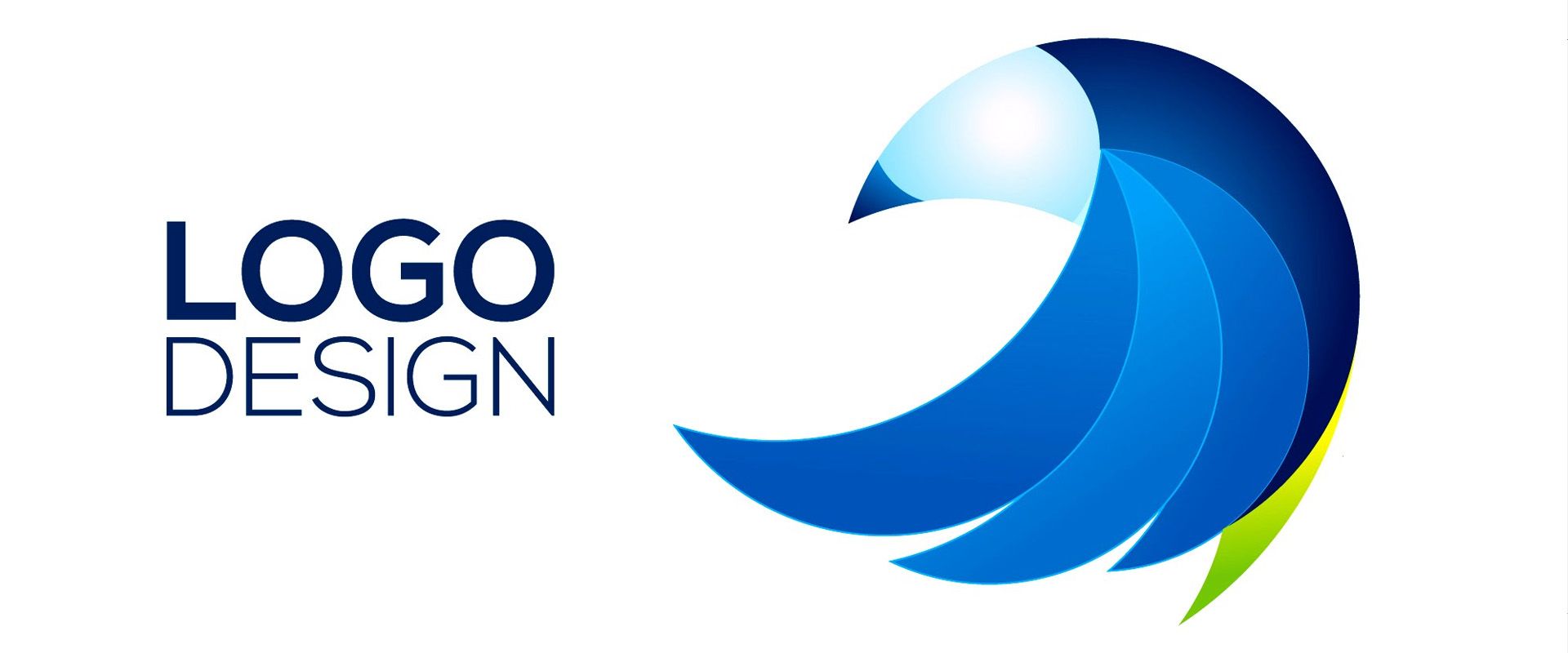1. The Importance of a Strong Company Logo
A company’s logo is more than just a visual symbol; it is the face of the brand and often the first point of interaction with potential customers. A well-designed logo can communicate the essence of the business, evoke emotions, and create a lasting impression. In a crowded marketplace, where consumers are bombarded with countless brands, a unique and memorable logo can set a company apart from its competitors. It’s a visual shorthand for the brand’s values, mission, and personality, making it an essential tool in any company’s marketing arsenal.
Moreover, a strong logo is timeless and versatile, able to adapt to various mediums and applications. Whether it’s on a business card, a website, or a billboard, the logo should remain effective and recognizable. This requires careful consideration of design elements like color, typography, and imagery. A logo that resonates with the target audience and aligns with the company’s goals can build brand loyalty and foster trust. Thus, investing in a professionally designed logo is a crucial step for any company looking to establish a solid brand identity.
2. The Key Elements of Effective Logo Design
Creating an effective logo involves a blend of creativity and strategic thinking. There are several key elements that contribute to a successful design. Simplicity is one of the most important principles; a logo should be easily recognizable and not overly complicated. Simple logos are more likely to be remembered and are easier to reproduce across different platforms. Additionally, they tend to be more versatile, which is important for maintaining consistency in branding efforts.
Another critical element is color. Colors evoke emotions and convey meanings that can significantly influence how a logo is perceived. For instance, blue often represents trust and professionalism, while red can evoke excitement and urgency. Selecting the right colors that align with the company’s values and resonate with the target audience is essential. Typography also plays a vital role; the choice of font can convey a sense of style, sophistication, or approachability. Together, these elements create a cohesive and compelling logo that effectively represents the brand.
3. The Process of Designing a Company Logo
Designing a company logo is a multi-step process that requires collaboration between the client and the designer. The first step is understanding the brand’s identity, including its mission, values, and target audience. This foundational knowledge guides the design process and ensures that the final logo aligns with the brand’s overall image. Next, the designer conducts research to gather inspiration and understand the competitive landscape. This research phase is crucial for identifying trends and ensuring the logo is unique and relevant.
After the research phase, the designer begins sketching ideas and creating initial concepts. These rough drafts explore different design directions, allowing for experimentation with various shapes, colors, and typography. Once a few strong concepts have been developed, they are refined and presented to the client for feedback. This iterative process continues until the client is satisfied with the design. The final step involves fine-tuning the chosen logo and preparing it for various applications, ensuring it works well in different sizes and formats.
4. Common Mistakes to Avoid in Logo Design
While designing a company logo, it’s easy to fall into common traps that can undermine the effectiveness of the design. One such mistake is overcomplicating the logo. A logo with too many elements can be confusing and difficult to reproduce, making it less impactful. It’s essential to strike a balance between creativity and simplicity to ensure the logo remains clear and memorable. Another common error is following trends too closely. While it’s important to be aware of design trends, a logo should be timeless, not tied to the aesthetics of a particular moment.
Another pitfall is ignoring the importance of scalability. A logo should look good at any size, whether it’s on a tiny social media icon or a large billboard. Failing to consider how the logo will be used across different platforms can lead to a design that doesn’t perform well in certain contexts. Additionally, neglecting to test the logo in different color variations and backgrounds can result in a logo that doesn’t always stand out or that loses its effectiveness in certain situations. Avoiding these mistakes can help ensure the final logo is both functional and enduring.
5. The Role of a Professional Designer
Hiring a professional designer can make a significant difference in the quality and effectiveness of a company logo. Professional designers bring expertise, creativity, and an understanding of branding principles that are essential for creating a successful logo. They know how to balance the various design elements, such as color, typography, and imagery, to create a cohesive and powerful visual identity. Moreover, professional designers can provide valuable insights and guidance throughout the design process, helping to avoid common pitfalls and ensuring the final logo aligns with the company’s goals.
In addition to their technical skills, professional designers often have experience working with a variety of industries and can tailor the design to fit the specific needs of the client. They understand the importance of creating a logo that is not only aesthetically pleasing but also functional and versatile. By investing in a professional company logo design, companies can ensure they have a strong and effective visual identity that will serve them well in the long term.


